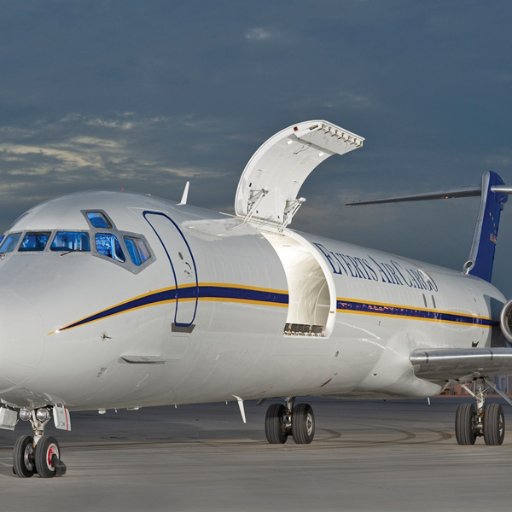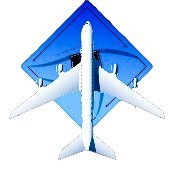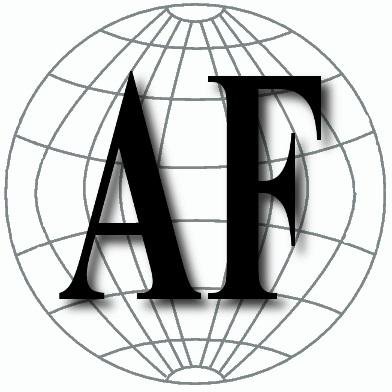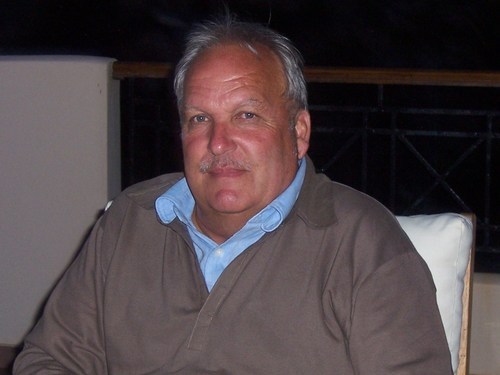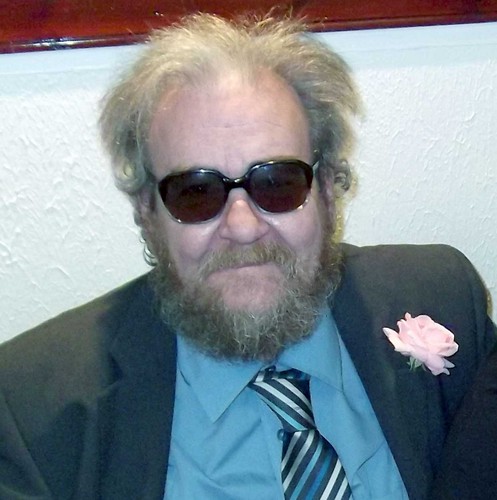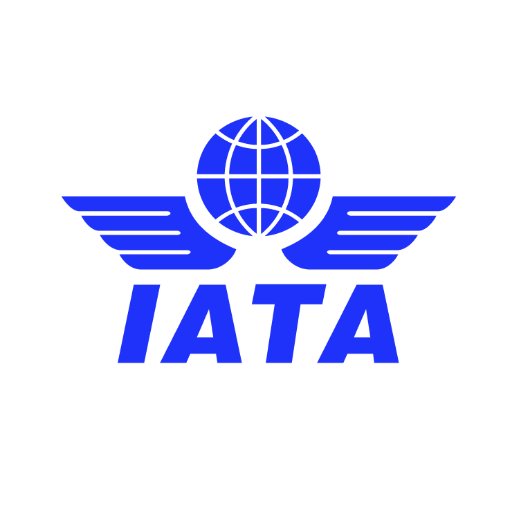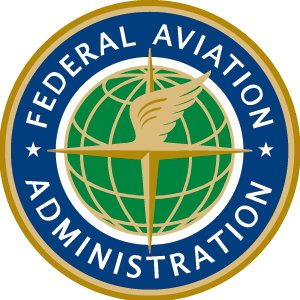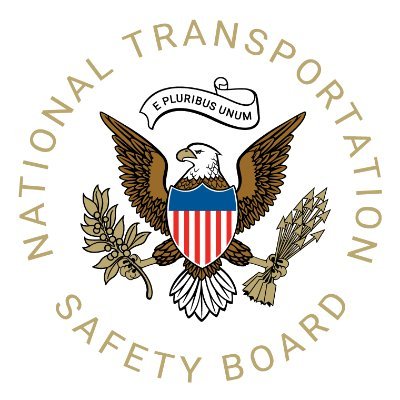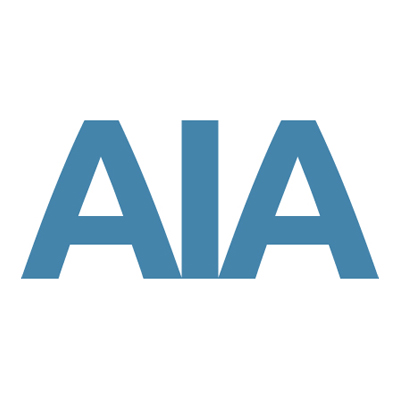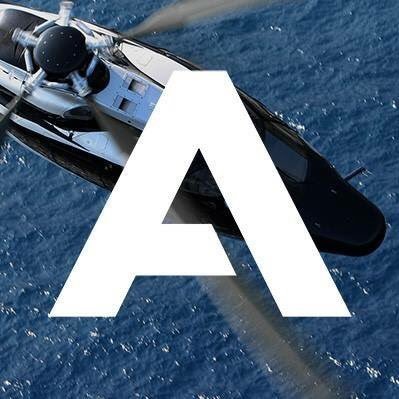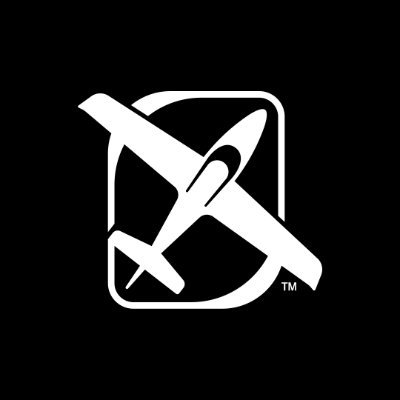Similar User

@StandardAero

@JETNETLLC

@CutterAviation

@AirlineIndustry

@SouthWalesAG

@BLRAviation

@airtradegermany

@AvWeekScho

@LA_Aviation

@FlightSource

@Airstream_Group

@avjobsinc

@UAS_aero

@stef747
Does the Paris Agreement require countries to achieve zero carbon emissions and is the aviation industry required to meet that standard?
The 2016 UNPCCC Paris Agreement is a legally binding global treaty. The primary purpose of the Paris Agreement is to cut global greenhouse gas emissions. The signatories to the agreement have consented to use a set of accounting and auditing rules that record and track emissions.
Each of the one hundred and ninety-six countries that ratified the agreement must approve an emissions reduction pledge, to be achieved by a certain date that must undergo an independent UN review.
The pledge takes the form of a plan of climate action referred to as a “nationally determined contribution” (NDC). At the end of five years, effective 2021, each country commits to steeper cuts in emissions. An update of the first NDCs occurred in 2021.
In addition to the emissions pledges, the signatories agreed to implement measures to adapt to climate damage. The most controversial term allows countries that have NDC surpluses to sell emission reductions to countries that do not meet the targets set out in their pledges.
The Paris Agreement requires developed wealthy countries to provide financial and technological support to developing countries in their efforts to meet emissions control pledges and to finance adaptation programs, but it does not specify the level of support expected.
The impact of the Paris Agreement on the aviation industry is largely nonthreatening because it does not apply to international air travel, and domestic aircraft emissions fall within the remit of the NDC of each individual country.
As was the case with the Kyoto Protocol, a developed country can for example, pledge emissions cuts that do not undermine the competitive impact on national air defense companies and provide little or no financial aid to developing ones, without fear of sanctions.
The lack of liability explains in part, how the ICAO CORSIA scheme structure was developed. Whilst the Paris Agreement covers greenhouse gas emissions, the scheme is limited to CO2, net-zero aircraft emissions and a target date of 2035, when the scheme ends.
However, the climate change emissions process is far from settled and risks undermining the airline, airport and aircraft trading and financing industries.
More than 88 civil society groups are opposed to carbon emissions trading schemes and dislike the CORSIA scheme on the basis that it is voluntary, ineffective, and aircraft will continue to emit GHGs into the atmosphere and cause noise at airports, during the life of the scheme.
Civil society groups set a target of 2027 to ban the use of emissions schemes. They want the aviation industry to meet significantly higher emissions standards. There is evidence in the legislative record that points to the likelihood that these groups will prevail.
Four problems undermine airline investor’s confidence in 2022. Fuel prices are the highest since 2018 when travel demand was at a peak!.
Q3 2021 results confirm that the pressure on the airline’s operating profitability continues. The operating loss 2.6% vs. 13.6% in Q3
New year traffic disruptions continue caused by Omicron spread.
Global airline share price index picked up in January 2022 but remains 30% below pre-crisis levels. Just at the time when travel demand is being hit by renewed travel restrictions.
DOT wants a buffer zone around airports for safe cohabitation. AT&T and Version reject any broader restrictions on the usage of the C-Band spectrum. Verizon won $45Bn AT&T $23Bn in the FCC-led C-Band auction for mid-band airwaves.
FAA also issued a Safety Alert for Operators with recommendations in the form of Notice to Air Missions. This may delay, cancel, or divert about 4% of daily air cargo and commercial flights. DOT wants a buffer zone around airports for safe cohabitation.
FAA says the mobile phone use of C-band wireless service in the 3.7-3.98 GHz frequency risks interfering with radar or radio altimeter signals on landing. FAA issued flight restrictions to prevent pilots using automatic landing option & other cockpit systems in bad weather.
Airlines and, AT&T and Verizon in dispute over use of C-band 5G wireless service. C-Band offers significant bandwidth & better propagation for optimum coverage in rural and urban areas Airlines say 5G waves within the C-Band spectrum could be a safety hazard to flight ops.
United States Trends
- 1. CASSANDRA 33,5 B posts
- 2. #SmackDown 112 B posts
- 3. Kyrie 9.440 posts
- 4. Caleb Love 1.740 posts
- 5. Jamal Murray 2.116 posts
- 6. Jokic 14,1 B posts
- 7. Naji 4.894 posts
- 8. #LasVegasGP 70,4 B posts
- 9. Lively 8.885 posts
- 10. Klay Thompson 3.192 posts
- 11. Nuggets 30 B posts
- 12. Franco 76 B posts
- 13. CM Punk 32,2 B posts
- 14. Khalid 34,3 B posts
- 15. Checo 21,7 B posts
- 16. Cooper Flagg 1.878 posts
- 17. Paul Heyman 13,5 B posts
- 18. Westbrook 4.542 posts
- 19. PJ Washington 1.627 posts
- 20. Duke 35,9 B posts
Who to follow
-
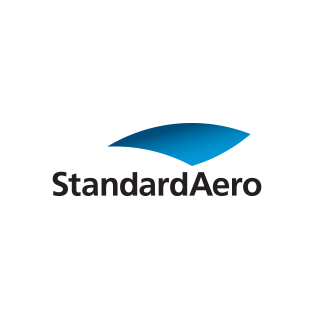 StandardAero
StandardAero
@StandardAero -
 JETNET
JETNET
@JETNETLLC -
 Cutter Aviation
Cutter Aviation
@CutterAviation -
 Miyuru Sandaruwan
Miyuru Sandaruwan
@AirlineIndustry -
 Ian Grinter
Ian Grinter
@SouthWalesAG -
 Bangalore Aviation
Bangalore Aviation
@BLRAviation -
 AIRTRADE Aircraft
AIRTRADE Aircraft
@airtradegermany -
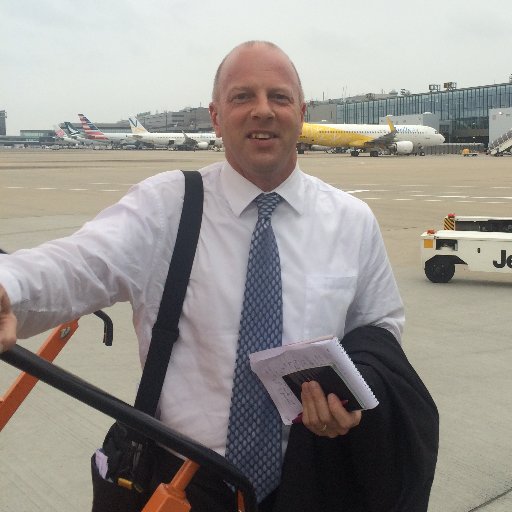 Adrian Schofield
Adrian Schofield
@AvWeekScho -
 Eye on L.A. Aviation
Eye on L.A. Aviation
@LA_Aviation -
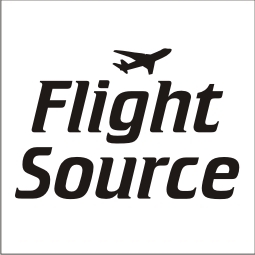 FlightSource
FlightSource
@FlightSource -
 Airstream Int ✈️
Airstream Int ✈️
@Airstream_Group -
 Avjobs Inc. (Avjobs.com)
Avjobs Inc. (Avjobs.com)
@avjobsinc -
 UAS Int.Trip Support
UAS Int.Trip Support
@UAS_aero -
 stefan drury
stefan drury
@stef747
Something went wrong.
Something went wrong.

